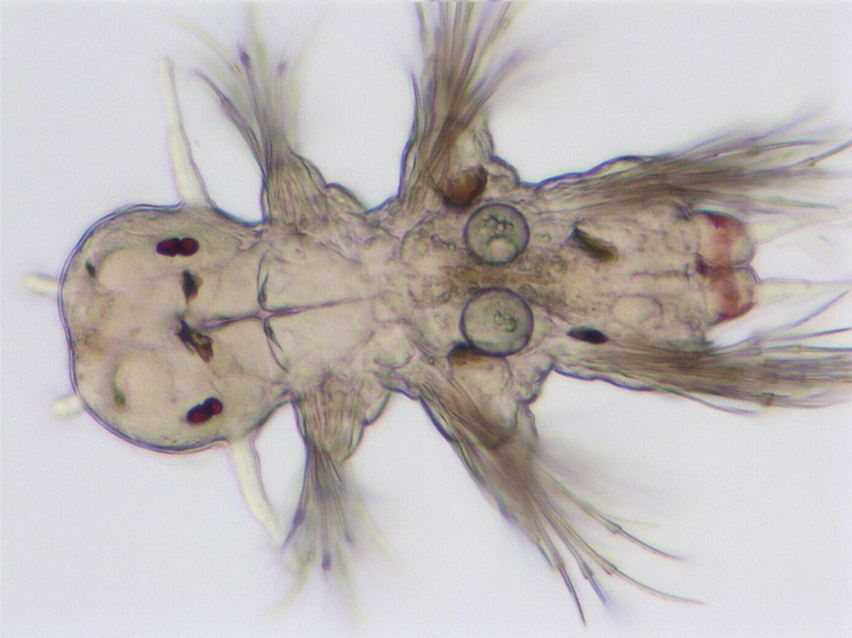
Seaworms under the X-ray microscope
Receive valuable information about the human impact on our ecosystems with PETRA IV.
The high-intensity X-rays from particle accelerators such as PETRA III are already functioning as a powerful research tool for molecular biology. So far, the focus has been on protein crystallography and small-angle scattering. They make it possible to unravel the structure of protein molecules down to the atomic level – important information for understanding how an enzyme works, for example. With PETRA IV it will be possible to observe how proteins work with even better time resolution.
But the new X-ray source promises even more - researchers want to use the method of X-ray tomography more intensively to improve the detailed three-dimensional images of everything from microorganisms to biological tissue samples and to increase the throughput of these measurements.
"Although we already know the structures of many proteins, we often don't really know how they interact in detail," says Selina Storm, a researcher at the European Molecular Biology Laboratory (EMBL). The only European intergovernmental research organisation for life sciences operates one of its six sites at DESY.
This will help to realise a key goal within EMBL’s current Programme ‘Molecules to Ecosystems’ 2022-2026; to understand life in context. The knowledge gained using PETRA IV will help to better understand the molecular mechanisms of our planet’s ecosystems and diseases. X-ray tomography can then be used to examine cell and tissue structures - and thus the basis of life.
"With PETRA IV we will be able to observe much better how proteins function in different environmental conditions."


Researchers in many areas of biology benefit from the new opportunities, for example in the TREC (Traversing European Coastlines) project, a flagship project of the EMBL Programme’s Planetary Biology research theme which EMBL is carrying out together with many European partners.
One example of the many marine or land organism which can be studied is a tiny sea worm - "Platynereis dumerilii" which occurs in almost all marine waters and is a good model system for studying environmental adaptation. "Looking at the morphological differences using X-ray imaging in this seaworm makes it possible to shed light on the question of what influences different environmental influences have on development," explains Thomas Schneider, EMBL Hamburg’s Joint Head of Research Infrastructures who is involved in the project. "By capturing extremely detailed three-dimensional X-ray images of many specimens of the same species, PETRA IV could also provide valuable information on human impact on ecosystems."

Heidrun Hillen
I am happy to answer your questions about PETRA IV.

